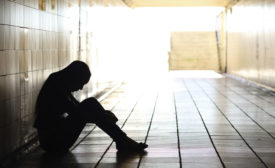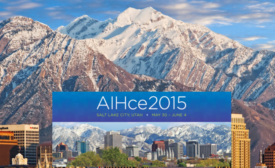Articles by Dave Johnson
Blood, sweat & fears on the Bakken oil field
The crucible of modern safety practices is in North Dakota
June 1, 2015
Never miss the latest news and trends driving the safety industry
eNewsletter | Website | eMagazine
JOIN TODAYCopyright ©2024. All Rights Reserved BNP Media.
Design, CMS, Hosting & Web Development :: ePublishing






